Time Travel, Teleportation & Science
Time travel is the concept of moving between different points in time in a manner analogous to moving between different points in space, generally using a theoretical invention, namely a time machine. It has a commonly recognized place in philosophy and fiction, but has a very limited application in real world physics, such as in quantum mechanics or wormholes.
Although the 1895 novel The Time Machine by H. G. Wells was instrumental in moving the concept of time travel to the forefront of the public imagination, The Clock That Went Backward by Edward Page Mitchell was published in 1881 and involves a clock that allowed three men to travel backwards in time.[1][2] Non-technological forms of time travel had appeared in a number of earlier stories such as Charles Dickens' A Christmas Carol. Historically, the concept dates back to the early mythologies of Hinduism (such as the Mahabharata), Buddhism, and Islam through ancient folk tales. More recently, with advancing technology and a greater scientific understanding of the universe, the plausibility of time travel has been explored in greater detail by science fiction writers, philosophers, and physicists.
Teleportation, or Teletransportation, is the theoretical transfer of matter or energy from one point to another without traversing the physical space between them. It has a commonly recognized place in science fiction literature, film, and television, but as yet has a very limited application in real world physics, such as quantum teleportation or the study of wormholes.
Science (from Latin scientia, meaning "knowledge") is a systematic enterprise that builds and organizes knowledge in the form of testable explanations and predictions about the universe. In an older and closely related meaning, "science" also refers to a body of knowledge itself, of the type that can be rationally explained and reliably applied. A practitioner of science is known as a scientist.
In modern usage, "science" most often refers to a way of pursuing knowledge, not only the knowledge itself. It is also often restricted to those branches of study that seek to explain the phenomena of the material universe.
Source : Wikipedia
-
00:57
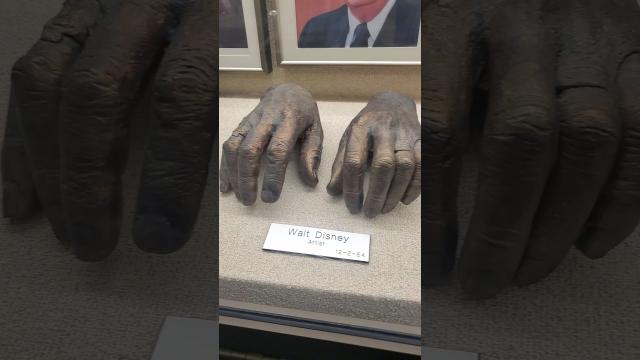
Walt Disney's Hands
Added 204 Views / 0 LikesBe sure to make a hand turkey today ????????#hands #history #museum #medicine #anatomy #waltdisney #drsuess #abrahamlincoln #peanuts #uspresident #moonlanding #louisarmstrong #andrethegiant #waltwhitman #normanborlaug #celebrity #bronze #hearttransplant #
-
03:06
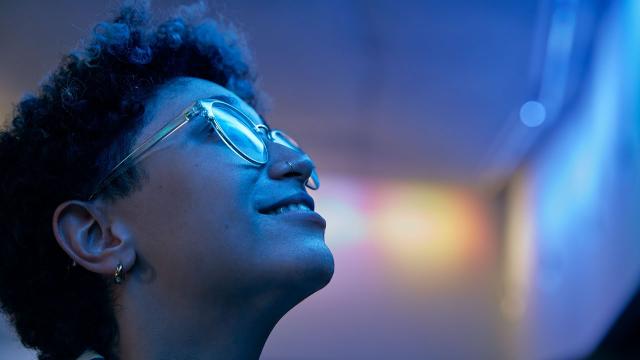
MIT Illuminations
Added 203 Views / 0 LikesMIT Illuminations is a new, colorful installation and introduction to creative computation that expresses the dynamic, vibrant culture of MIT through the medium of programmable light. Located in the new MIT Welcome Center the installation has custom softw
-
06:33
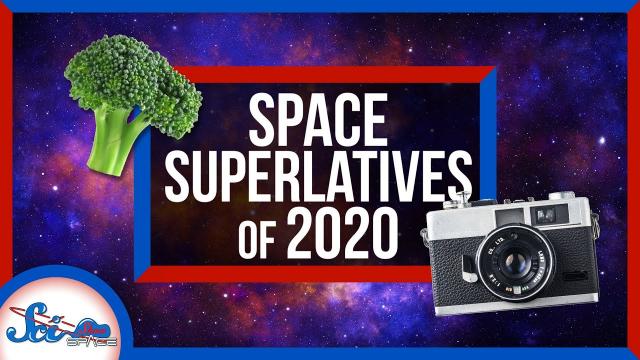
Space Superlatives of 2020!
Added 202 Views / 0 Likes2020 wasn't ALL bad news. This year scientists found ludicrously fast stars, ancient galaxy clusters, and developed a camera that could change how we study the night sky.SciShow has a spinoff podcast! It's called SciShow Tangents. Check it out at http://w
-
19:37

Putting Pulsars To Work | Compilation
Added 202 Views / 0 LikesHumans are pretty good at inventing things to help us wrap our brains around the things surrounding us. But pulsars are provided by nature, so we’ve put them to work helping us understand more about the universe they we inhabit. Hosted by: Hank Green (he/
-
36:44
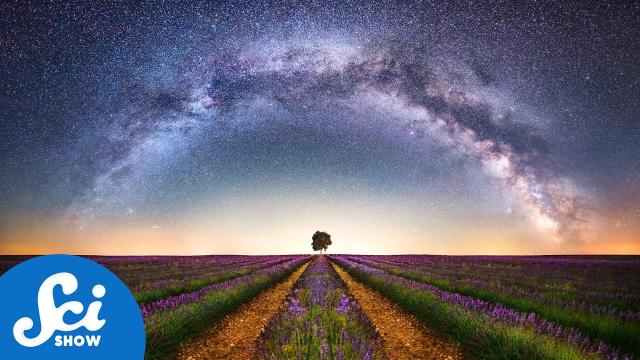
Meet the Milky Way | Compilation
Added 202 Views / 0 LikesThe Milky Way is full of mysteries and wonders. Luckily, we’ve been able to learn quite a lot about it and have compiled this anthology of our knowledge. Hosted by: Savannah Geary (they/them)----------Huge thanks go to the following Patreon supporter for
-
1:04:00
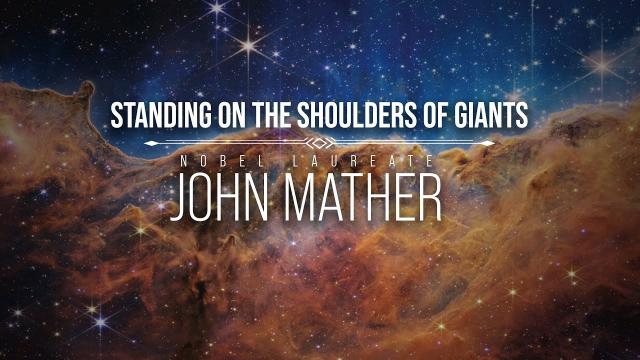
Standing on the Shoulders of Giants: John Mather
Added 202 Views / 0 LikesEvery generation benefits from the insights and discoveries of the generations who came before. “If I have seen a little further it is by standing on the shoulders of giants,” wrote Isaac Newton. In a special series, the World Science Festival invites aud
-
05:27
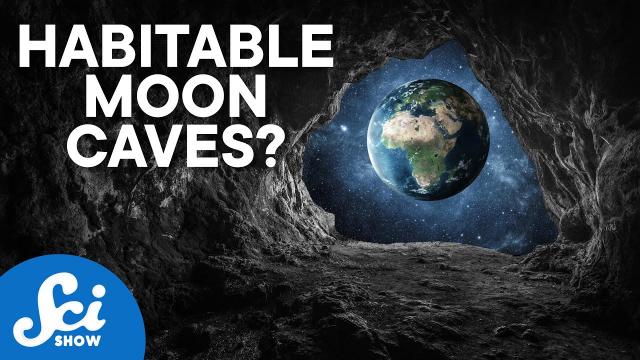
How Do You Find the Moon’s Best Picnic Spot?
Added 201 Views / 0 LikesLiving on the moon won't be easy, but it might be worth taking a note from our ancestors, and setting up in cavesHosted by: Reid Reimers (he/him)----------Huge thanks go to the following Patreon supporter for helping us keep SciShow Space free for everyon
-
06:14
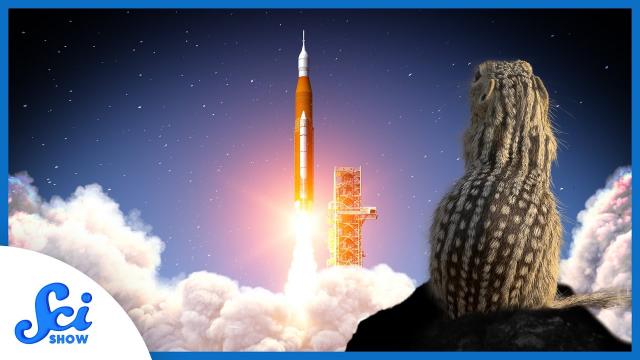
Could Squirrels Be the Key to Long Distance Spaceflight?
Added 200 Views / 0 LikesThis episode is sponsored by Wren, a website where you calculate your carbon footprint. Sign up to make a monthly contribution to offset your carbon footprint or support rainforest protection projects: https://www.wren.co/start/scishowspaceYou would think
-
06:13
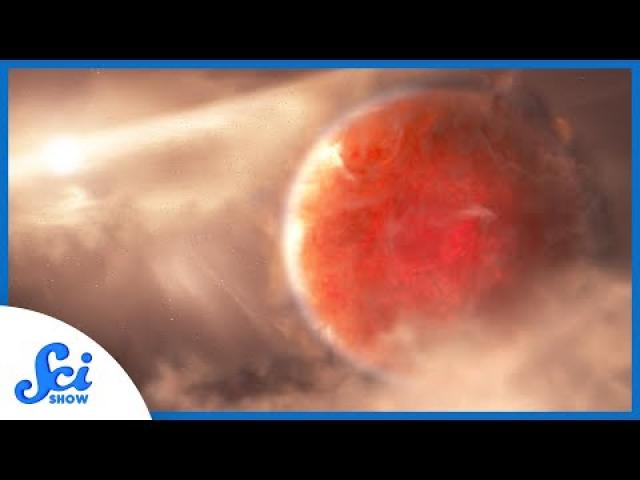
This Exoplanet Shows We Might Be Wrong About Planet Formation
Added 200 Views / 0 LikesStart building your ideal daily routine. The first 100 people who click on the link will get 25% OFF Fabulous Premium: https://thefab.co/scishowspace7Though we’ve been able detect thousands of exoplanets in the last few decades, we’ve now directly imaged
-
00:47
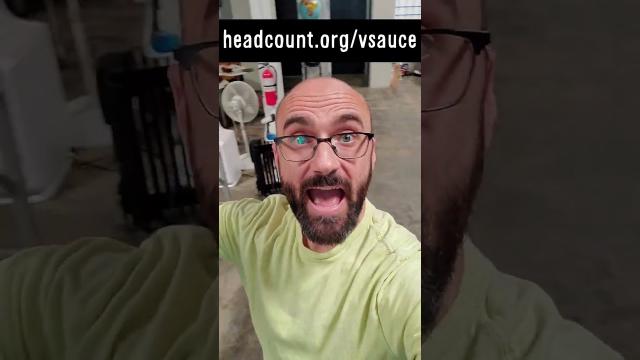
Win A Trip to Vsauce HQ! REGISTER TO VOTE! #shorts
Added 200 Views / 0 Likesheadcount.org/vsauce#shorts
-
00:42
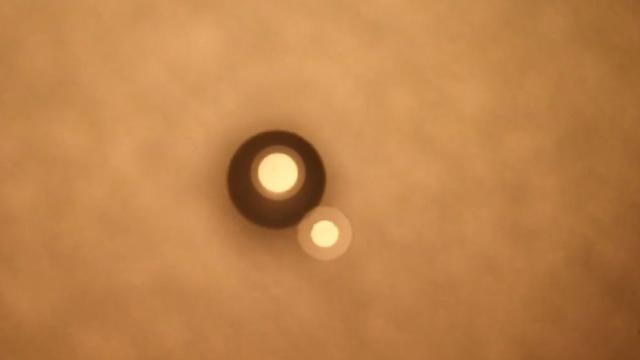
Oscillating particles
Added 200 Views / 0 LikesMIT chemical engineers showed that specialized particles can oscillate together, demonstrating a phenomenon known as emergent behavior. At left, two particles oscillate together, and at right, eight particles. (Learn more: https://news.mit.edu/2022/microp
-
07:23
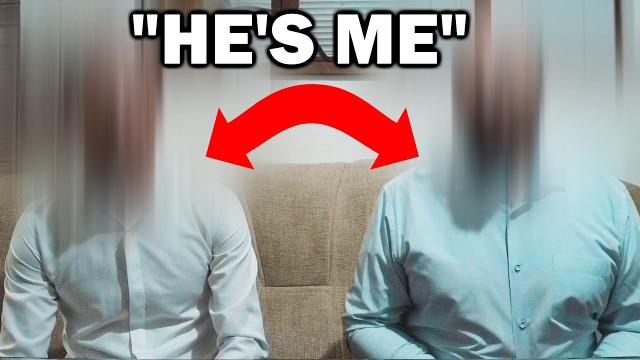
'We Have The Same Tattoo' Time Travelers Claim To Be Same Person
Added 200 Views / 0 LikesMike Williams claims to not only be a time traveler, but to have met his past self... or future self depending on which Mike you're talking to. We were able to sit down with the past and future version of Mike for an interview as they told us their story
-
01:01
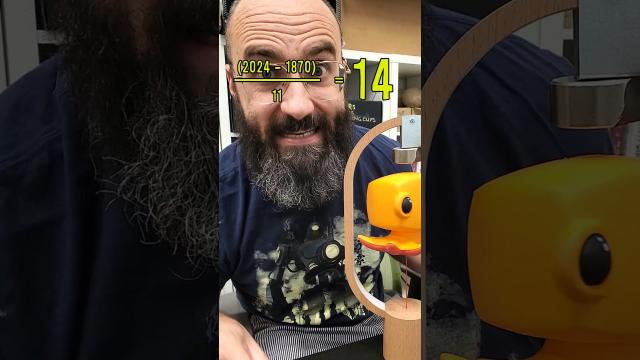
History Is Accumulating
Added 200 Views / 0 LikesI had to say "cabbage" at the end because I'd miscounted the number of e's used in the video. There were only 123. But if I re-recorded and said "one hundred twenty three" there'd then be 125 e's. But if I said "one hundred twenty five," there'd be 124. B
-
05:49
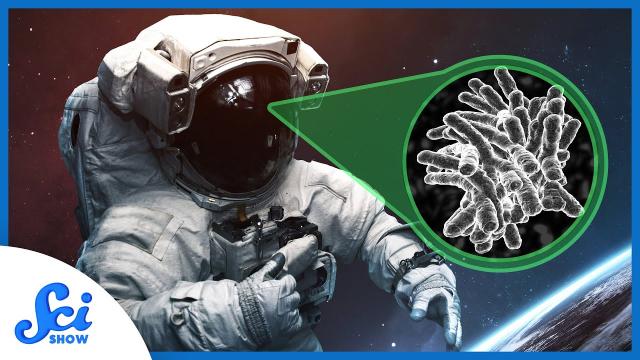
How Do You Get Rid of Bacteria in Space Stations
Added 199 Views / 0 LikesStart building your ideal daily routine with Fabulous. The first 100 people who click on the link will get 25% OFF Fabulous Premium: https://thefab.co/scishowspace4When astronauts go into space, they're not always going alone.Hosted By: Hank GreenSciShow
-
06:05
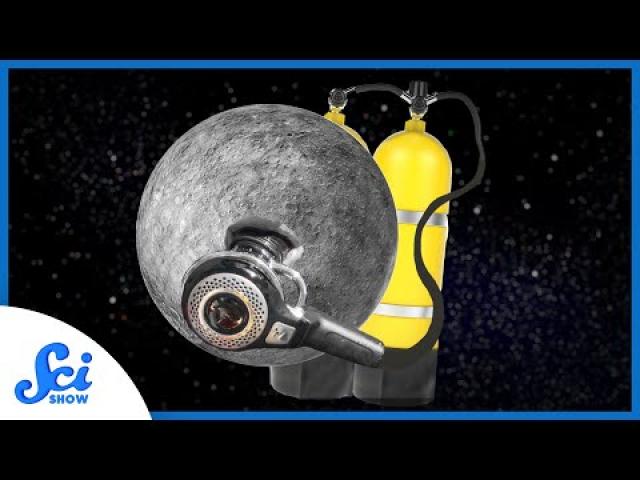
Can Moon Colonies Get Oxygen From the...Moon?
Added 199 Views / 0 LikesThis episode is sponsored by Wren, a website where you calculate your carbon footprint. Sign up to make a monthly contribution to offset your carbon footprint or support rainforest protection projects: https://www.wren.co/start/scishowspaceAs we look towa
-
00:58
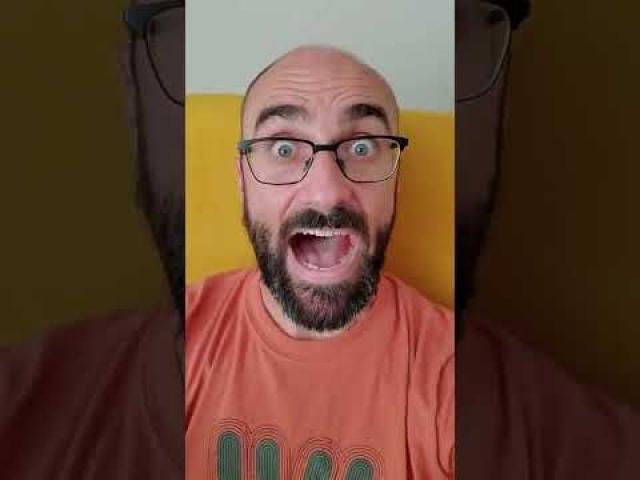
BIG GNUS #shorts
Added 199 Views / 0 Likes50% off your first box with code: FAMILY (72 hours only)Curiosity Box: https://www.curiositybox.com/MEL Science: https://www.melscience.com/curiositybox#shorts
-
05:21
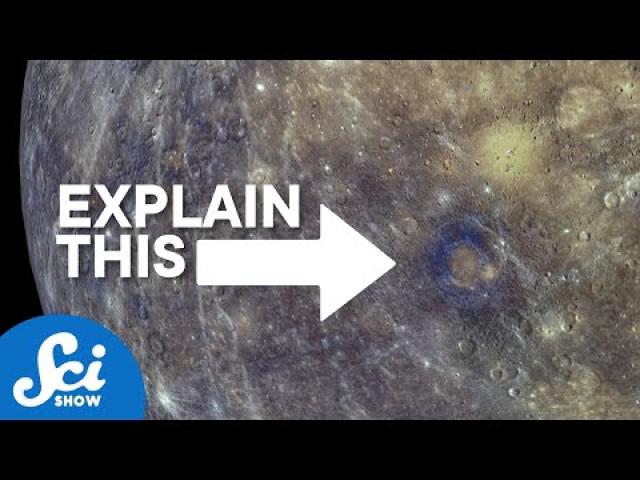
Where Did Mercury’s Spots Come From?
Added 199 Views / 0 LikesPre-order your MESSENGER pin all this month here: https://dftba.com/scishowThe Sun isn’t the only celestial body in the solar system to boast spots of its own. Mercury, too, has its fair share, and they’re worth wondering about.Hosted by: Hank Green (he/h
-
06:09
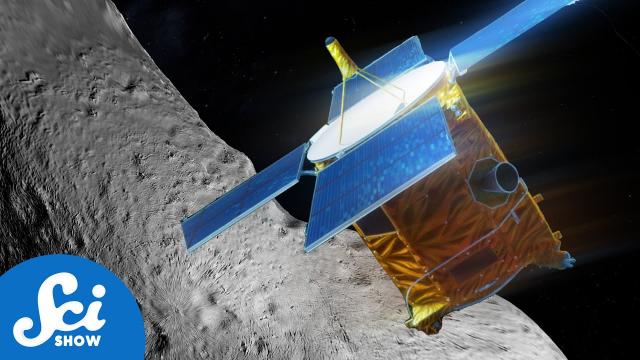
The Spacecraft That Wasn't Designed To Land, But Did
Added 199 Views / 0 LikesPre-order your NEAR Shoemaker pin all this month here: https://dftba.com/scishowMany space missions take billions of dollars and decades of work to get develop, but 25 years ago this spacecraft delivered stunning results on a shoestring budget and a minim
-
02:46
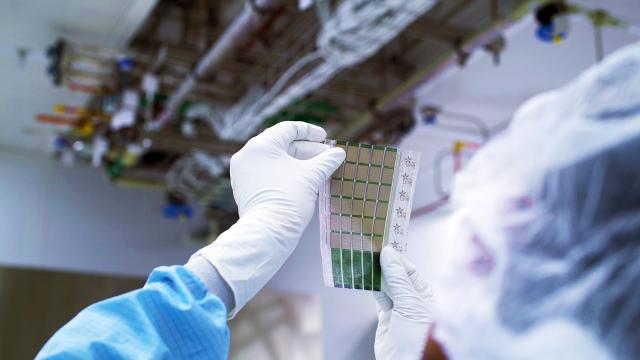
Paper-thin solar cell can turn any surface into a power source
Added 199 Views / 0 LikesMIT engineers have developed a scalable fabrication technique to produce ultrathin, lightweight solar cells that can quickly and easily turn any surface into a power source. (Learn more: https://news.mit.edu/2022/ultrathin-solar-cells-1209)Watch more vide
-
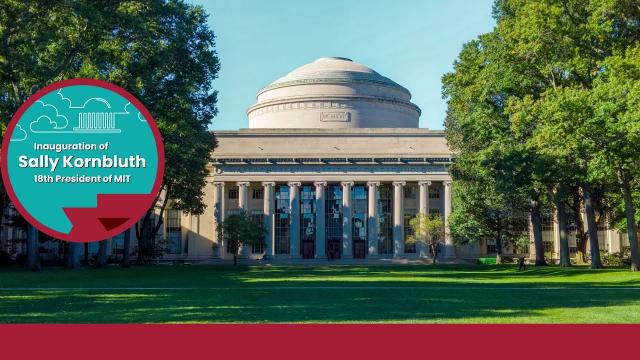
Inauguration Ceremony of Sally Kornbluth, 18th President of MIT
Added 199 Views / 0 LikesAn inauguration ceremony is not just the investiture of a president; it is the participation by an institution in the traditions of academe. Delegates from the worldwide academic community will join MIT faculty, students, staff, alumni, and trustees in th
